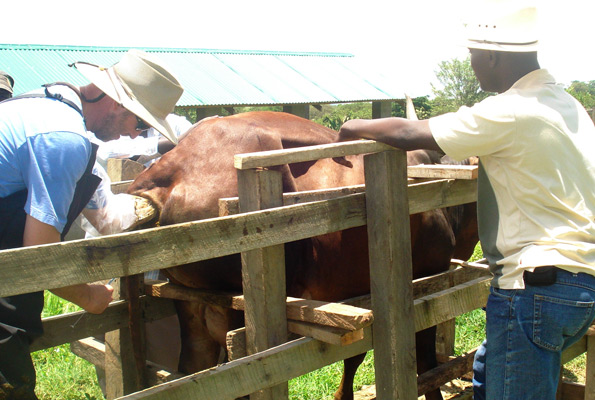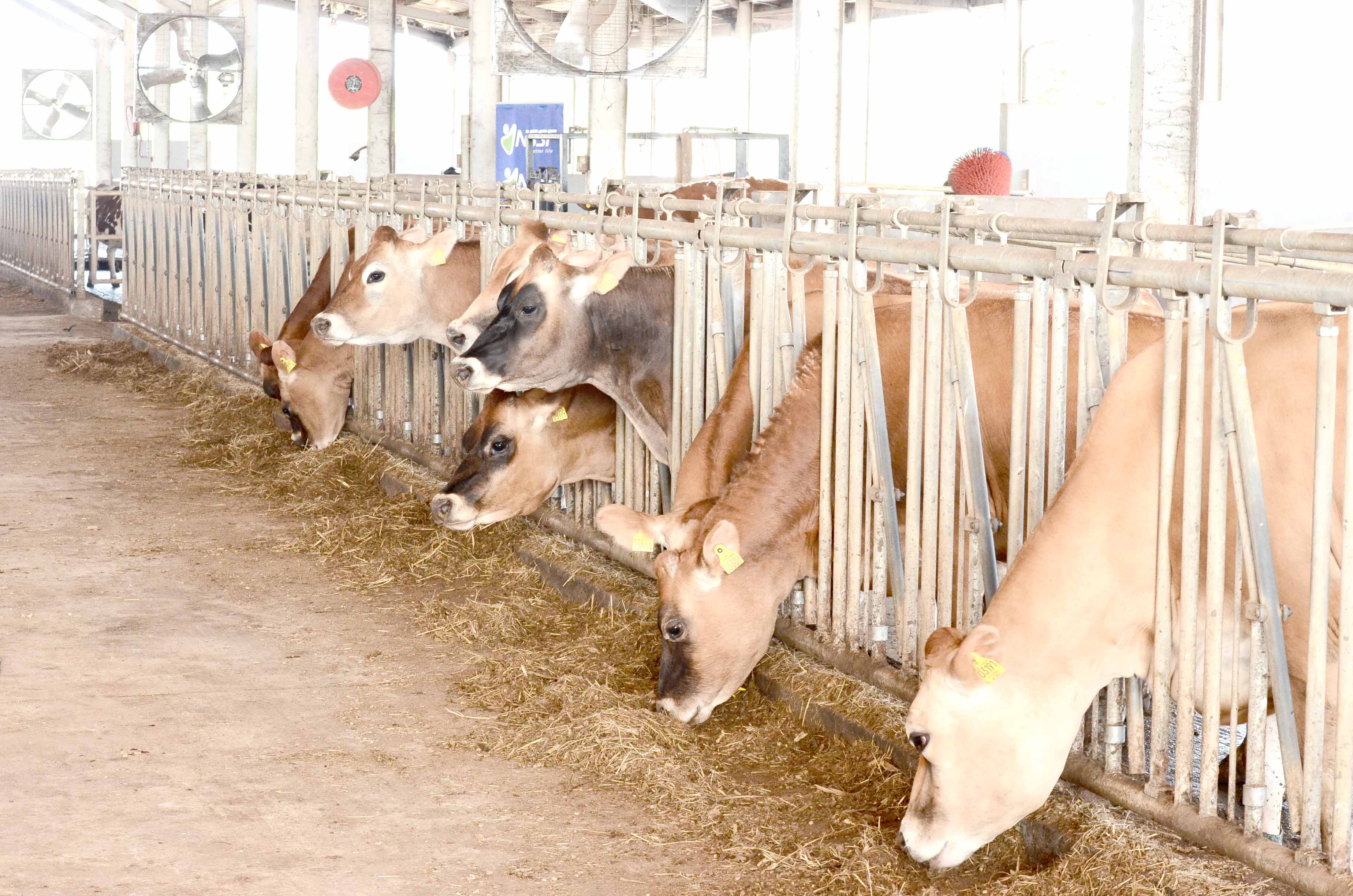Govt starts artificial insemination refresher training

While artificial insemination gives a farmer 50 per cent of the breed, an embryo implant results in pure breeds at cheaper prices with a process that takes 290 days for a heifer to give birth. Photo | File
What you need to know:
- Dr Peter Beine, the NAGRC&DB executive director, told this publication that 39 trainees have been selected from across the country to undergo the training which is being conducted at Ruhengere Ranch in Kiruhura District.
The National Animal Genetic Resources Centre and Data Bank (NAGRC&DB) on Monday commenced a three-week refresher training for animal scientists to improve their skills in artificial insemination and increase access to services.
Dr Peter Beine, the NAGRC&DB executive director, told this publication that 39 trainees have been selected from across the country to undergo the training which is being conducted at Ruhengere Ranch in Kiruhura District.
“They [animal scientists] were nominated by district veterinary officers from all over the country,” he said.
The head of artificial insemination training at NAGRC&DB, Mr Siraj Luwagu, said: “Access to artificial insemination services in some parts of the country is still hard because of the limited number of skilled scientists and the high cost of equipment required to do the work.”
Mr Luwagu said the training that the scientists receive at school is not sufficient for them to excel in providing artificial insemination services.
“They need additional specialised training to do artificial insemination. They will do practicals with the animals and learn how to use the tools required,” he said.
He added that the trainees will also be supported to get equipment for artificial insemination.
“The trainees are being sponsored by a project called Agriculture value development programme and they are going to be equipped,” Mr Luwagu said.
Artificial insemination, according to scientists, has been used in Uganda for more than 70 years but only less than 10 per cent of the country’s herd has been bred that way.
As the population increases, scientists have advised that one way to mitigate food insecurity is to increase milk and meat production efficiency, and thus the reproductive performance of cows is crucial for good production. A well-documented strategy for achieving this is through faster genetic improvement where a cow is inseminated with semen from a good bull with desired characteristics via artificial insemination.




